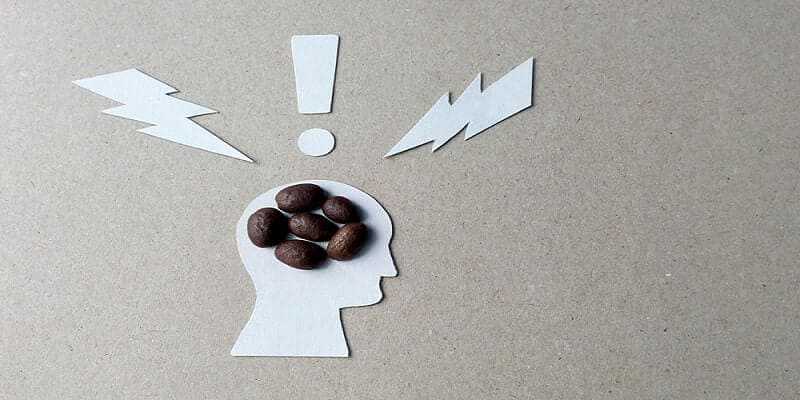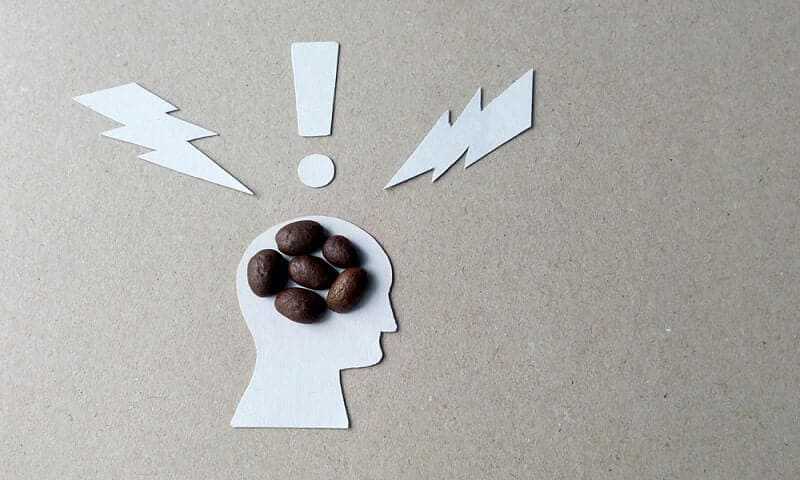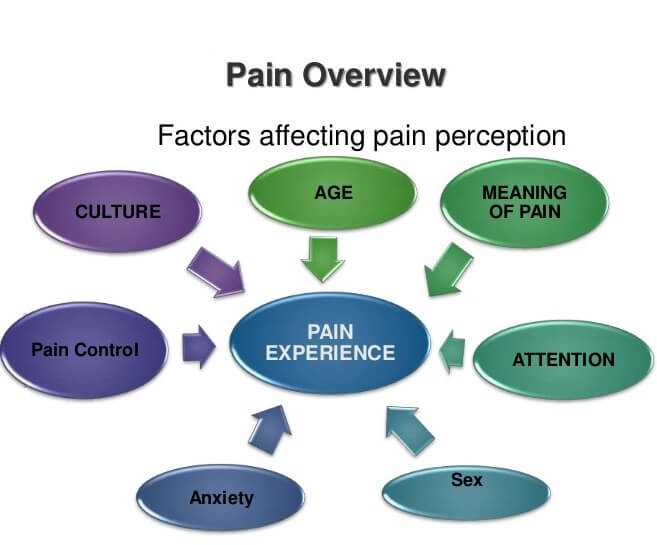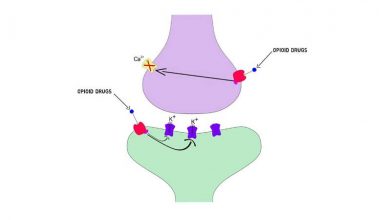The Effects of Caffeine On Pain Treatment

Caffeine is the most widely used substance in the world known for its stimulation effects on the central nervous system. It is found in coffee, tea, chocolate, sodas and some over-the-counter medications. Not only does it increase mental alertness and decrease fatigue, it can also deliver significant pain relief too.

Caffeine is found in certain analgesic medications making the pain-relief effect of the medication stronger by blocking a person’s pain receptors. One study conducted by Dr. Daniel E. Meyers at the University of Pittsburgh School of Dental Medicine found that caffeine alone was a potent pain reliever for muscle pain due to its ability to decrease the amount of blood flowing to an area of a person’s body (Headache, November 2014).

Participants were divided into two groups. One group was given a 200 mg caffeine pill. The other group was given a placebo. An hour later both groups had their blood flow reduced to their arm. They were then asked to do wrist curls with a small weight. Pain levels were then rated after 15, 30, and 45 seconds of doing wrist curls. At 15 seconds, the pain rating for those participants given the caffeine pill was half of those who had only taken a placebo. The results were similar at 30 and 45 seconds, although not as pronounced as at 15 seconds. Dr. Meyers concluded that there is rationale for using caffeine to treat muscle pain when blood flow is reduced.

It should be noted that most studies have examined the effects of caffeine when used as an added ingredient to drugs such as acetaminophen, ibuprofen and acetaminophen/aspirin combinations. Very few studies have been done examining the effects of caffeine alone on pain which is known to have a notably powerful effect in helping to relieve tension headaches and migraine headaches.
In 2016, a study done by Dr. Seymour Diamond and Dr. Frederick G. Freitag of the Diamond Headache clinic in Chicago, tested several hundred patients who suffered from tension headaches three or more times a month. For this study, participants were split into four groups. The first group was given 400 mg of ibuprofen only. The second group received 400 mg ibuprofen along with 200 mg caffeine. The third and fourth groups received only 200 mg caffeine or a placebo, respectively.
Results of this study published in Pharmacological Review (2017) found that the group who had taken 200 mg caffeine alone received as much pain relief as the ibuprofen group. Headaches were almost eliminated in 65% of subjects. However, the group with the best results were taking the combination of caffeine and ibuprofen. Participants in this group reported that headaches were eliminated for 75% of the subjects. Caffeine has been known for hundreds of years to relieve migraine headaches and has now been an added ingredient in the preparation of some migraine drugs for decades.

Clearly, caffeine serves more purposes than just being a stimulant and boosting energy. When used for chronic pain treatment, a moderate dose of up to 300 mg each day (2 to 3 cups of coffee) may help improve an individual’s joint pain and relieve headaches. However, excess consumption can lead to other health concerns including high blood pressure, heart irregularities and sleep disturbances. For some people, overconsumption of caffeine can lead to migraine headaches in which case a reduction in intake is recommended. Magnesium and calcium loss is also a concern for chronic caffeine users. In one study, adults who were given 300 mg excreted more than the normal amount of calcium in their urine. Another study revealed that excessive caffeine intake was associated with decreased bone minerals in women.
Those with osteoporosis or disorders characterized by bone degeneration may want to limit their caffeine consumption and make sure to eat plenty of calcium and magnesium-rich foods. Calcium is found in milk, cheese, yogurt, dark green leafy vegetables, fortified juices, canned salmon and sardines (with bones) and almonds. Good sources of magnesium include milk and other dairy products, fish, meat, seafood, avocados, apricots, bananas, cantaloupe, kale, broccoli, brown rice, nuts and oatmeal.
So, how much caffeine is too much? According to the Mayo Clinic, up to 400 mg daily is considered to be safe for most healthy adults. Experts agree that 600 mg or more daily (4 to 7 cups of coffee) is too much. How caffeine affects people varies from person to person but some doctors recommend 100 to 200 mg or one to two cups daily as the limit.
With caffeine also being added to a growing number of food products, the US Food and Drug Administration is investigating this trend and the safety of caffeinated products, particularly amongst children and adolescents.





